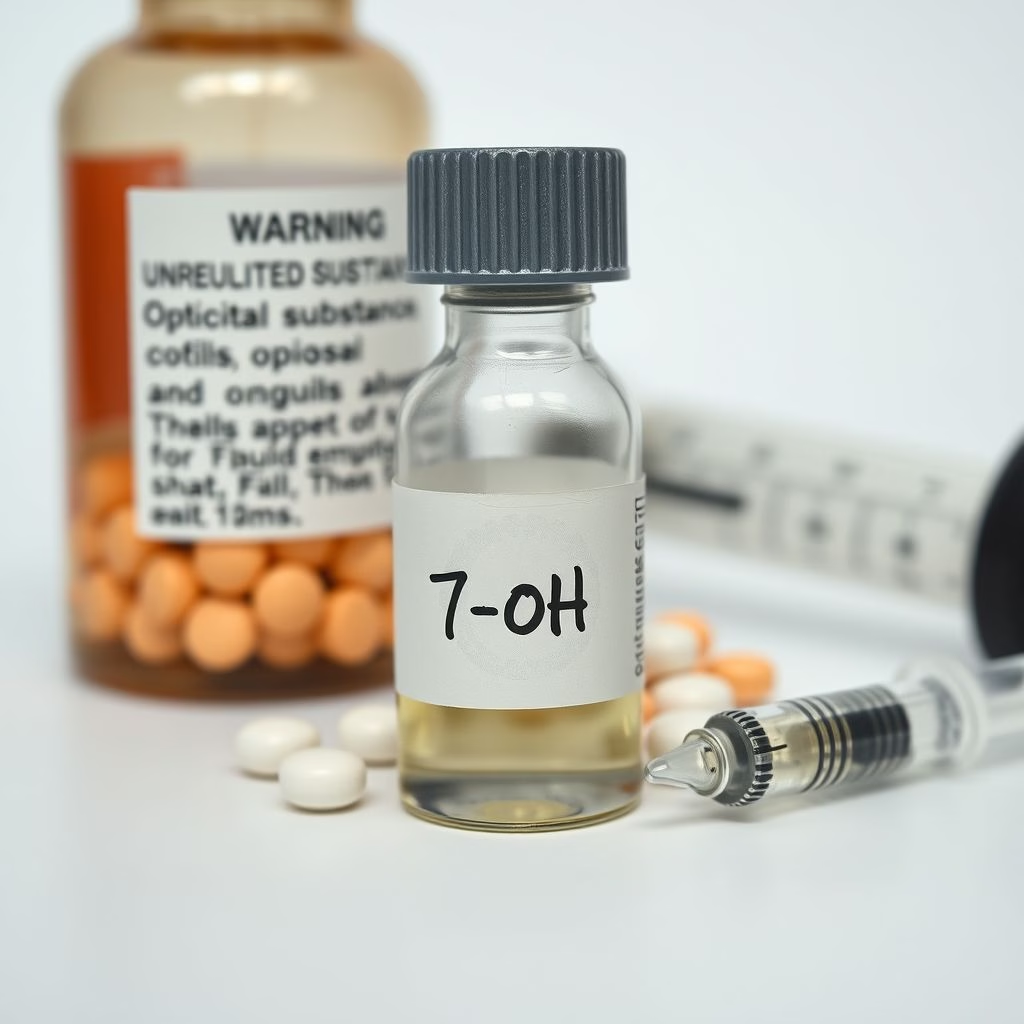The Hidden Danger: FDA Takes Action Against the Potent Opioid 7-OH

Hiding in Plain Sight: The FDA Combats the Threat of 7-OH
The landscape of substance abuse is constantly evolving, and with it come new challenges to public health. One such challenge is the growing prevalence of 7-Hydroxymitragynine (7-OH), a potent opioid derived from the kratom plant. This substance, often found in unregulated products, is now under the microscope of the Food and Drug Administration (FDA), and the agency is taking decisive action to protect the public.
What is 7-OH and Why is it a Concern?
7-OH is a chemical compound formed when kratom is metabolized in the body. However, unlike kratom itself, 7-OH presents a significantly higher risk. The FDA, in collaboration with the Department of Health and Human Services (HHS), is recommending that 7-OH be classified as a controlled substance under the Controlled Substances Act. This recommendation stems from the alarming potency of 7-OH, which is considerably stronger than morphine.
The dangers associated with 7-OH are multi-faceted. Firstly, its potency makes it a high-risk substance for overdose. Secondly, the unregulated nature of many 7-OH products raises serious concerns about quality control and accurate labeling. Consumers often have no way of knowing the true concentration of 7-OH in the products they purchase, increasing the likelihood of accidental overdose and other adverse health effects.
The FDA’s Response: Steps to Protect the Public
The FDA’s actions are multi-pronged. A key step involves recommending that 7-OH be scheduled as a controlled substance. This scheduling would restrict its availability and make it illegal to manufacture, distribute, or possess 7-OH without proper authorization. This is a crucial step in controlling the spread and potential abuse of this dangerous substance.
The FDA is also actively engaged in educating the public about the risks associated with 7-OH. This includes raising awareness of the substance’s potency and the dangers of consuming unregulated products. Furthermore, the agency is issuing warning letters to companies that are illegally marketing and selling products containing 7-OH. These letters serve as a strong message that the FDA is closely monitoring the market and will take action against those who violate regulations.
Part of a Larger Battle: Combating the Opioid Crisis
The FDA’s efforts to address the dangers of 7-OH are part of a broader initiative to combat the opioid crisis. The United States has been grappling with the devastating consequences of opioid addiction for years, and agencies like the FDA are committed to preventing another wave of addiction and overdose deaths. By targeting substances like 7-OH, the FDA hopes to minimize the availability of dangerous opioids and protect vulnerable populations.
The FDA is committed to using all the tools at its disposal to address the opioid crisis, from regulating the manufacturing and distribution of opioids to educating the public about the risks of misuse and abuse. The agency’s work on 7-OH is a clear example of its dedication to protecting public health and preventing another wave of addiction.
Looking Ahead
As the FDA moves forward with its plans to address the dangers of 7-OH, it is crucial for consumers to stay informed and make safe choices. Always be aware of the risks of unregulated products, especially those that claim to have powerful effects. The FDA’s actions are a strong indication of the seriousness of the 7-OH threat and the agency’s commitment to protecting the health and safety of the public.
The ongoing response from the FDA and HHS highlights the critical need for vigilance and responsible practices. By working together, these agencies and the public can help protect vulnerable individuals from the risks posed by substances like 7-OH.




